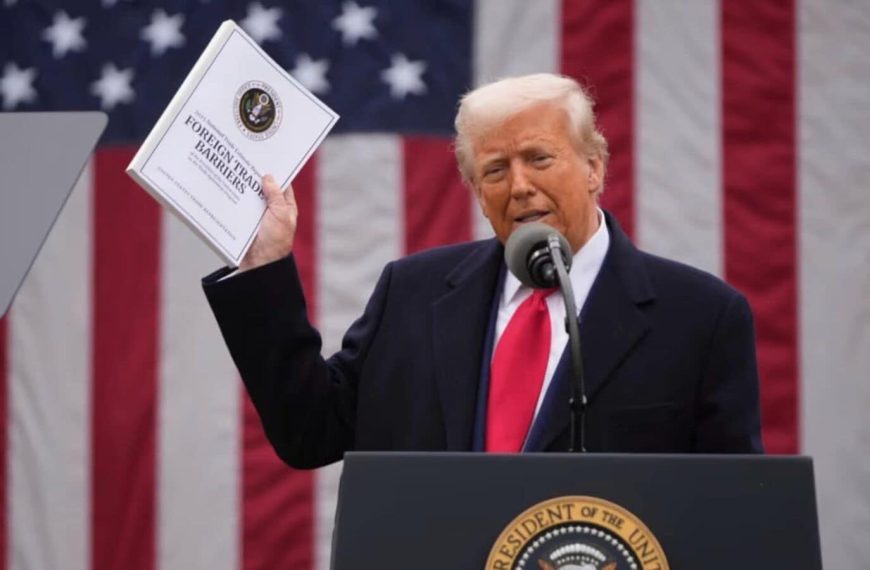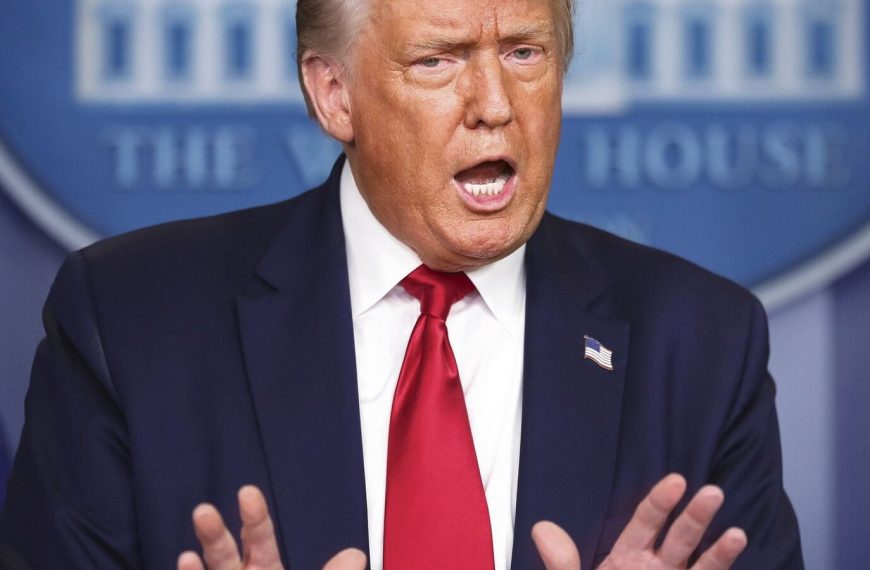In a significant shift within the global solar market, Indian solar equipment manufacturers may find themselves in a favorable position against their competitors in China and Vietnam. This development arose following the announcement of reciprocal trade tariffs by U.S. President Donald Trump, impacting nearly all countries. While these tariffs are expected to raise costs for U.S. power generators relying on imported solar technology, India could benefit from lower tariffs on its exports.
Competitive Tariff Landscape
The U.S. has set a 26% tariff on solar modules imported from India, which is considerably less than the 34% and 46% tariffs imposed on products from China and Vietnam, respectively. This disparity suggests that Indian manufacturers may gain a competitive edge in the U.S. market. According to industry expert Sehgal, "Given that the tariffs on Indian goods are lower than those on our main competitors, India is positioned advantageously." However, he cautioned that a clearer picture would emerge after further details are released on April 9.
India’s Solar Export Performance
In the fiscal year 2024, India exported solar modules worth an impressive $1.96 billion, with nearly all of that—$1.93 billion—going to the United States. This places India as a notable player in the solar sector, although it still trails far behind China, which dominated the market with $49 billion in module exports in 2023.
- Tariffs could impact pricing: The new tariffs could make Indian solar equipment significantly more expensive than domestically produced U.S. alternatives, potentially affecting sales and market dynamics.
- Market share risks: A report from the Council on Energy, Environment and Water (CEEW) warned that the Indian solar sector might face a dramatic reduction in its export market due to these price disadvantages.
Pricing Challenges Ahead
Currently, Indian manufacturers are offering TOPCon solar modules in the U.S. at around $0.30 per Watt-peak (Wp), while domestic products are priced between $0.17 and $0.19 per Wp. The introduction of tariffs is likely to exacerbate these price differences, further challenging the competitiveness of Indian suppliers.
- Market share statistics: Data from CEEW indicates that Indian solar module exports accounted for just 4.7% of U.S. solar imports in the first quarter of 2024, compared to 87% from Southeast Asian countries—many of which have factories owned by Chinese firms.
Local Manufacturing Initiatives
Despite these challenges, several Indian companies, such as Waaree Energies, have invested in local manufacturing capabilities. Currently, India boasts a solar module manufacturing capacity of 74 GW and a solar cell capacity of 9 GW.
As the global landscape for solar power continues to evolve, the impact of these tariffs will be closely monitored, and Indian manufacturers will need to adapt to maintain their foothold in the U.S. market. The ongoing developments will undoubtedly shape the future of India’s solar industry in the coming years.










